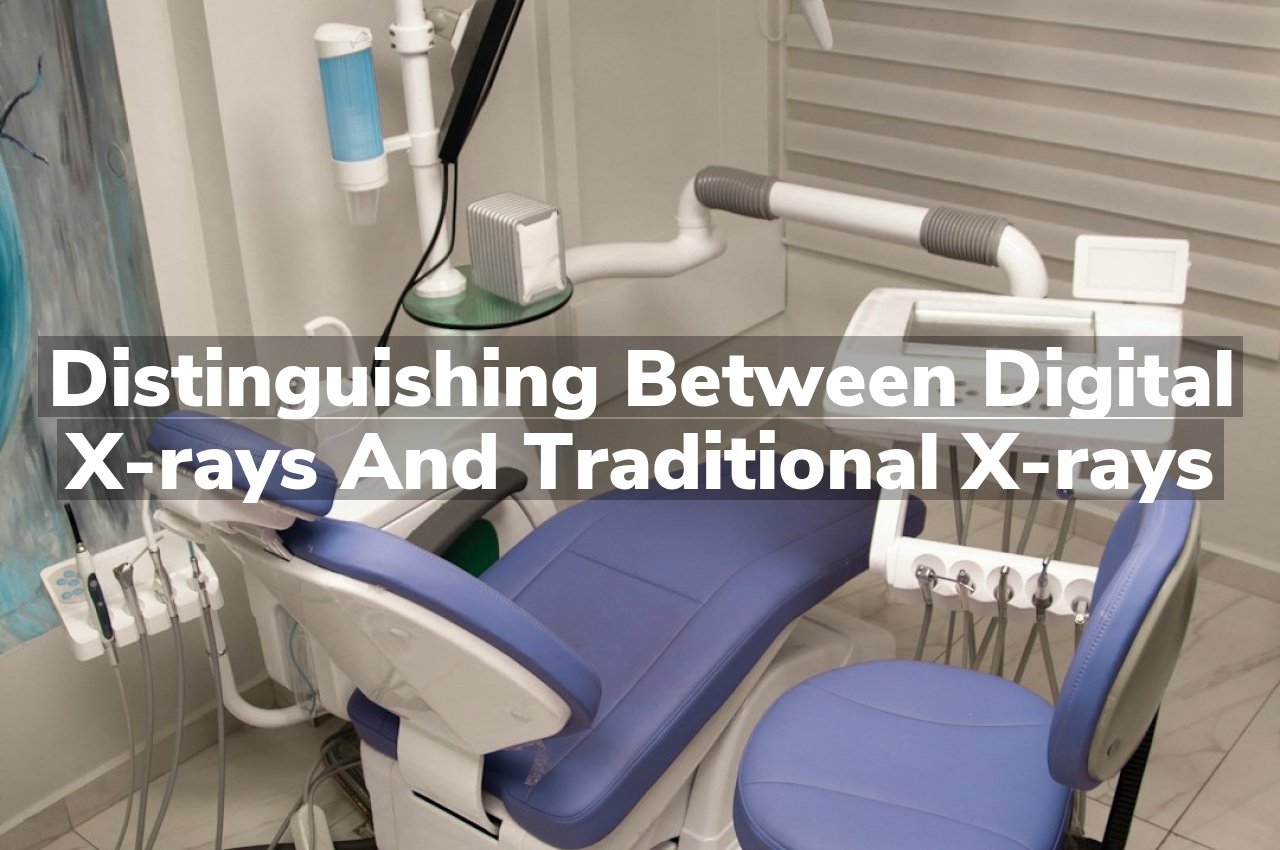Are you wondering what sets digital X-rays apart from traditional X-rays during your dental visits? At Dr. Caren Franz DMD PC, we’re here to demystify the differences, highlighting how digital X-rays offer enhanced image quality and reduced radiation exposure, ensuring a safer and more efficient diagnostic experience for our patients.
Image Quality and Detail Comparison
When comparing digital X-rays to traditional film-based X-rays, one of the most significant differences lies in image quality. Digital X-rays produce images with higher resolution, which allows for greater detail and clarity. This enhanced detail is crucial for accurate diagnoses, as it enables healthcare professionals to detect subtle changes and anomalies that might be missed with lower-resolution traditional X-rays. The digital format also allows for easy manipulation of the image, such as zooming and contrast adjustments, without degrading the quality, which is not possible with film X-rays.
Moreover, digital X-ray technology has advanced to the point where it can offer a more comprehensive view of the area being examined. This is particularly important in complex cases where precision is paramount. The ability to adjust exposure on the fly and immediate image viewing speeds up the diagnostic process, potentially leading to quicker treatment decisions. However, patients often wonder about the safety of this technology. For those concerned, it’s reassuring to know that digital X-rays typically expose patients to less radiation compared to traditional methods. To understand more about this aspect, you might want to explore Is it safe to undergo digital X-rays?, which delves into the safety measures and benefits associated with digital radiography.
Radiation Exposure: Digital vs. Traditional
When comparing digital X-rays to traditional film-based X-rays, one of the most significant differences lies in the level of radiation exposure to patients. Digital X-ray systems are known for using significantly less radiation—often reducing exposure by up to 80%—compared to their traditional counterparts. This reduction is due to the sensitivity of digital detectors, which require less radiation to produce a clear image. As a result, digital X-rays not only offer a quicker diagnostic process but also enhance patient safety by minimizing the health risks associated with radiation exposure.
Moreover, digital X-ray technology provides immediate image preview and availability, eliminating the time and chemicals required to develop film, thus contributing to a more environmentally friendly practice. The ability to adjust and enhance digital images also reduces the need for retakes, which further decreases the patient’s exposure to radiation. For those seeking advanced radiographic services with a focus on patient safety, consider visiting Digital X-Ray Experts Warrington, where cutting-edge technology meets expert care.
Speed and Efficiency of Procedures
When comparing digital X-rays to traditional X-rays, the speed and efficiency of procedures stand out as significant differentiators. Digital X-ray systems are renowned for their rapid image processing capabilities, often delivering clear, detailed images almost instantaneously after exposure. This swift turnaround not only reduces the time patients spend in the examination room but also allows for quicker diagnoses and the ability to make real-time adjustments during the imaging process. In contrast, traditional X-ray methods involve a more time-consuming process of film development, which can delay diagnosis and treatment. The efficiency of digital X-rays extends to the storage and transfer of images, as they can be easily archived and shared electronically without the physical limitations and degradation risks associated with film. This streamlined workflow leads to enhanced productivity in medical settings and a more seamless experience for both healthcare providers and patients.
Storage and Accessibility of Records
When comparing digital X-rays to traditional X-rays, a significant advantage lies in the storage and accessibility of patient records. Digital X-ray images are stored electronically, allowing for seamless integration into electronic health record systems (EHRs). This digital storage eliminates the physical space requirements and degradation concerns associated with film-based X-rays. Moreover, digital records can be accessed instantly by authorized healthcare providers from virtually any location, facilitating more efficient collaboration and consultation. The ease of transferring digital images also enhances patient convenience, as they can be shared quickly between specialists without the risk of lost or damaged films, ensuring a continuity of care that is both secure and compliant with healthcare privacy regulations.
Environmental Impact and Safety Concerns
When comparing digital X-rays to traditional film-based X-rays, two critical considerations are their environmental impact and safety concerns. Digital X-rays are lauded for their eco-friendliness, as they eliminate the need for chemical processing and reduce the generation of hazardous waste associated with film development. This not only minimizes the ecological footprint of radiographic practices but also enhances workplace safety by reducing exposure to toxic chemicals. From a radiation safety perspective, digital X-ray systems often require less radiation to produce a high-quality image, thereby decreasing the patient’s exposure to ionizing radiation. This reduction in radiation dose is a significant advancement in protecting patient health and aligns with the ALARA (As Low As Reasonably Achievable) principle in radiological protection. Consequently, digital X-rays offer a compelling advantage over traditional methods, addressing both environmental concerns and the imperative for patient safety.
Conclusion
For personalized advice on digital X-rays and to ensure your dental health is in expert hands, call Dr. Caren Franz DMD PC at (215) 918-5630 or read our reviews on Google Maps.





